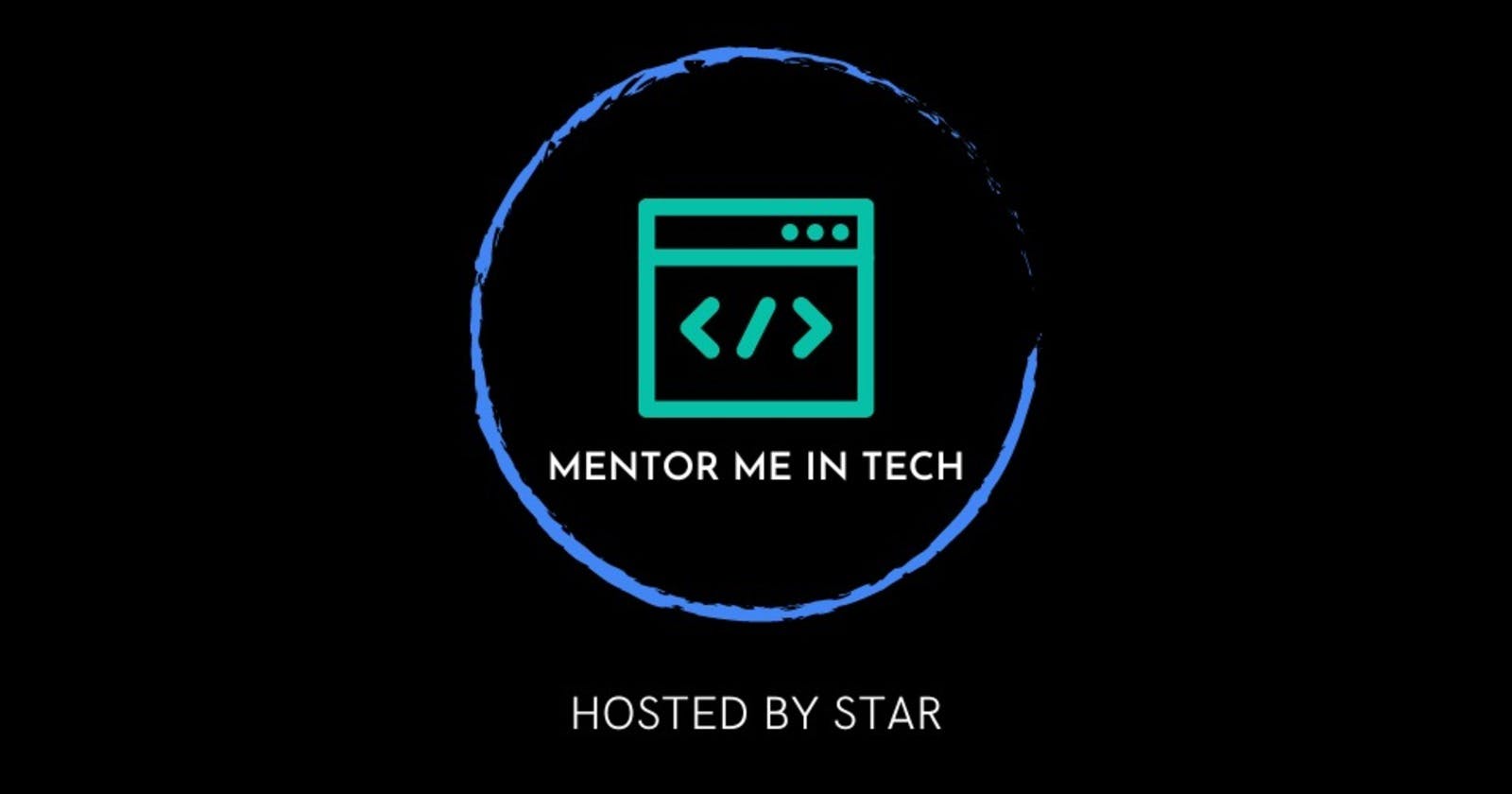A README file is a critical piece of documentation for any software project, especially on GitHub, as it is often the first point of contact for potential users and contributors. It is a document that typically resides in a project's root directory, containing essential information about the project, its purpose, installation instructions, and any other relevant details.
A well-written README file can help potential users and contributors quickly understand the project's purpose and determine if it is relevant to their needs. It can also provide clear and concise instructions on how to install and use the project, reducing the barrier to entry for users. Moreover, it can attract potential contributors and encourage them to contribute to the project.
To write a great README file on GitHub, follow these tips and tricks:
Keep it simple and concise: The README file should provide the necessary information without overwhelming readers.
Use a clear and easy-to-read structure: Use headings, subheadings, and bullet points to make the content more readable and digestible.
Include a project description: A brief introduction can help potential users understand the project's purpose and what problem it solves.
Add installation instructions: Provide clear and concise instructions on how to install and run the project to help users get started quickly and easily.
Provide usage examples: Offer examples of how the project can be used to help users understand how it works and how it can benefit them.
Add contributing guidelines: Including guidelines for contributing to the project can help potential contributors understand how they can contribute and what is expected of them.
Include a license: Add a license to the project to make it clear how the code can be used and shared.
Update the README file regularly: Keep the README file up-to-date with the latest information about the project, including any new features or changes.
In summary, a README file is an essential form of documentation for any software project, as it provides an overview of the project's purpose, installation instructions, and other relevant information, making it easier for users and contributors to understand and use the project. By following these tips and tricks, you can create a great README file that will help your project stand out and attract potential users and contributors.

